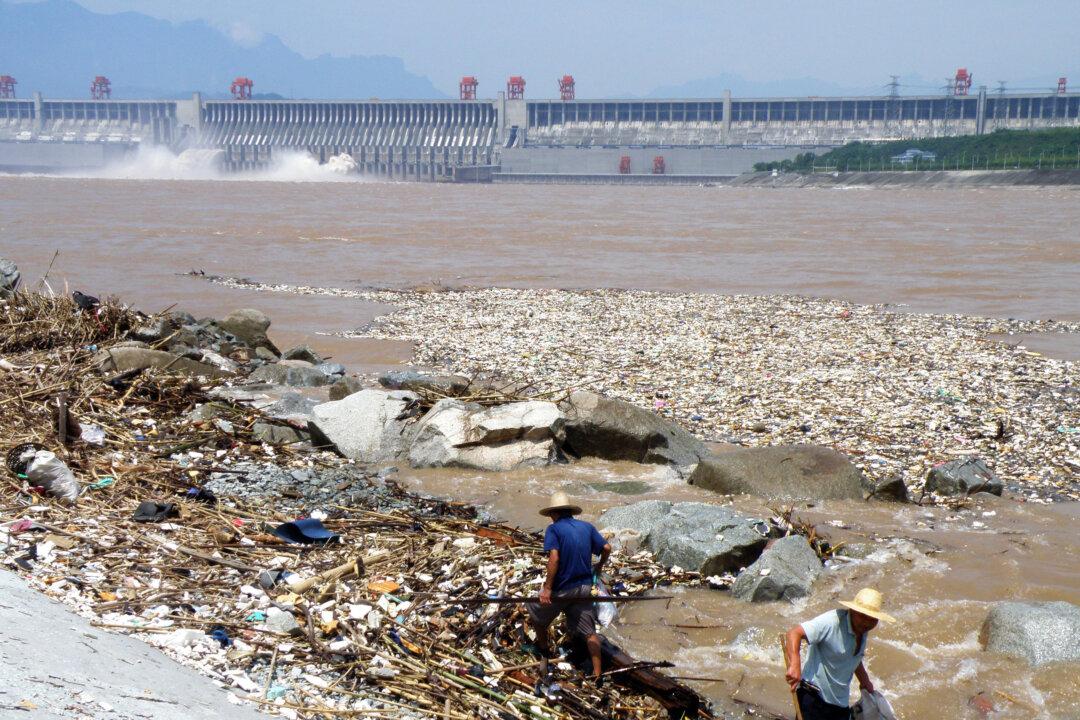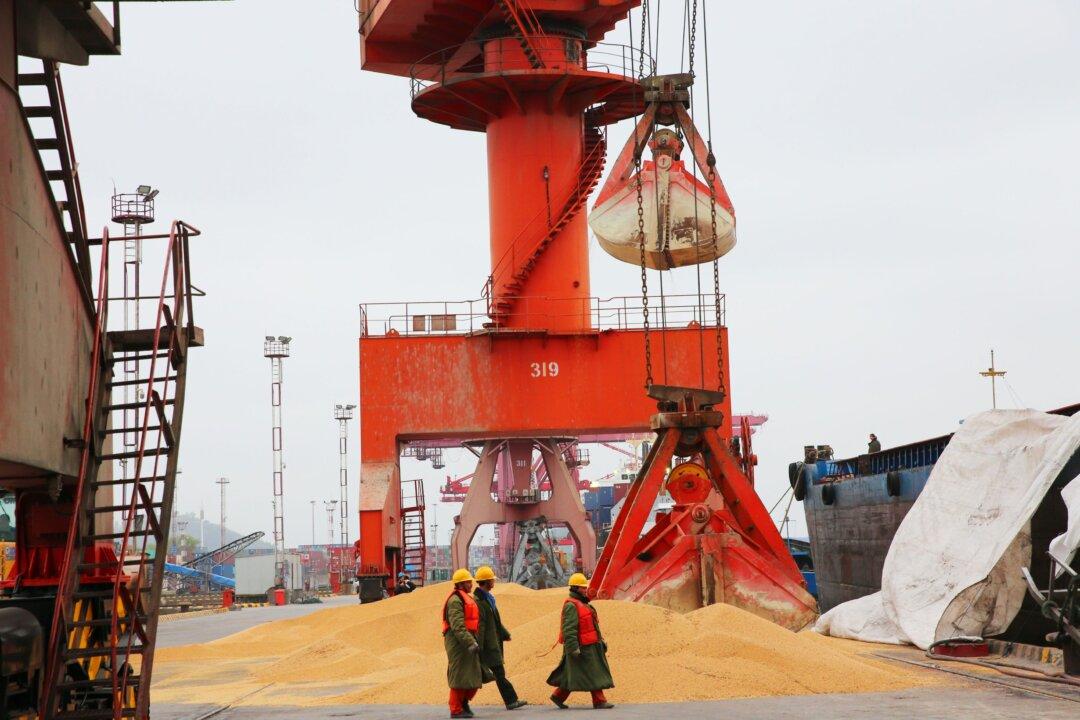With 91 percent of the 8.8 million tons of plastic added to oceans each year originating in rivers, the Yangtze and five other Chinese rivers are the dominant polluters.
Pollution of the marine environment with plastic debris is widely recognized as an increasing ecological concern because of the chemical persistence of plastics and their fragmentation into “microplastics,” which can be ingested by small organisms, such as zooplankton, that are eaten by increasingly larger predators in the food chain.





